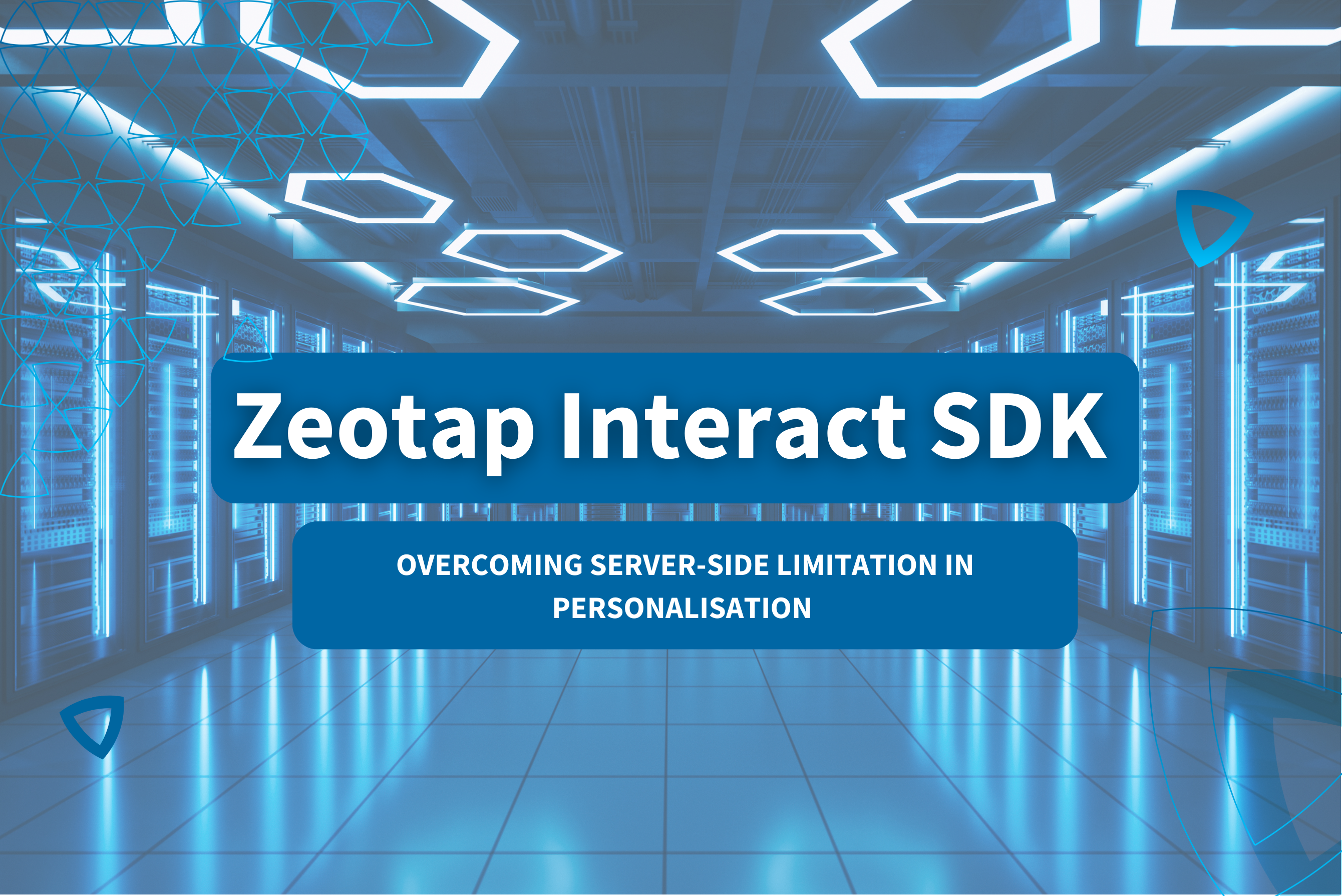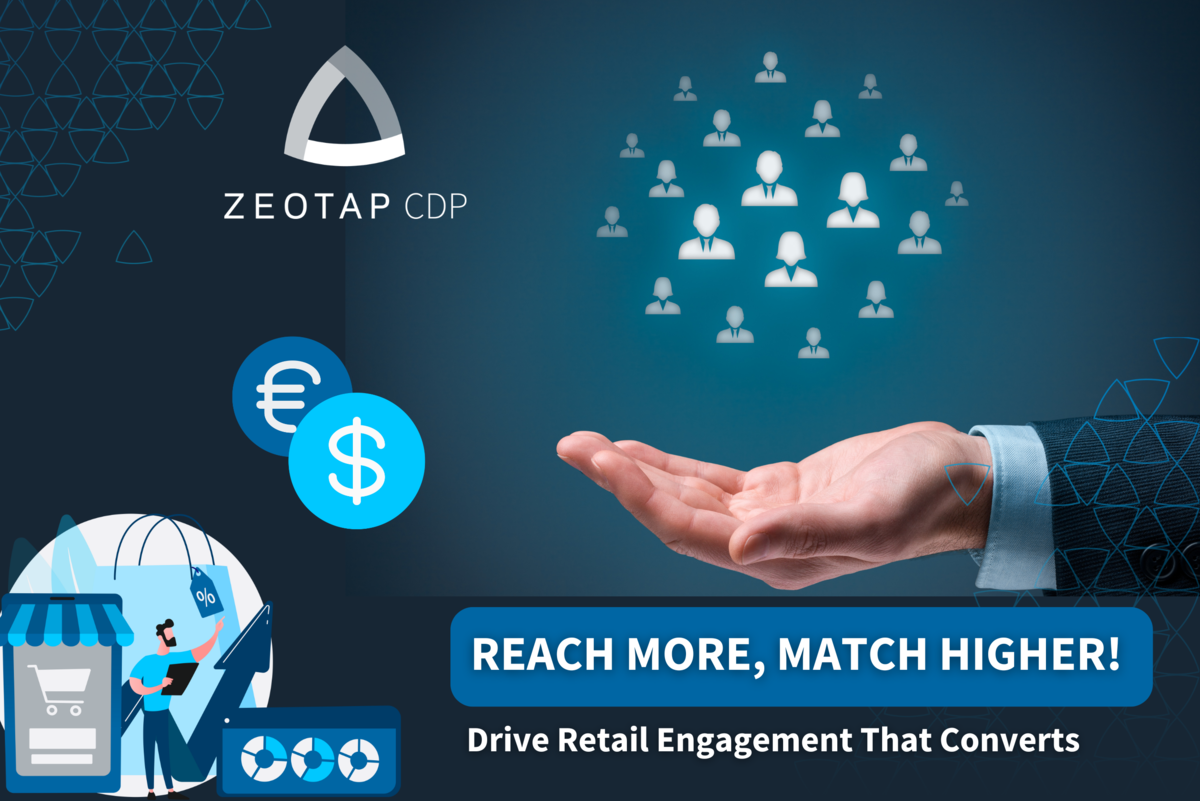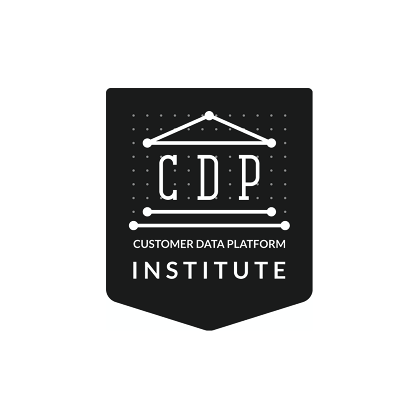At this point, most marketers agree that a CDP is a must-have for their organisation. At the same time, there’s still a lot of confusion as to what, exactly, a CDP is supposed to help you do: one recent study found that only 51% of marketers “definitely grasp the difference” between a DMP and a CDP. The more uncertain marketers are about what a CDP does, the less likely they’ll be able to get meaningful results from using one.
So, instead of focusing on technical definitions or a list of features, let’s explore some common problems that a CDP helps marketers solve.
1. Create a single customer view while reducing data siloing
Many organisations suffer from inefficient customer data usage and organisation. As marketing has evolved to include more customer journey touchpoints, the risk of data falling through the cracks – or remaining stuck in a silo – has increased. This in turn makes it more difficult for marketers to compile a single customer view or ‘golden record’ that takes into account every interaction a person has with a brand – and therefore harder to provide a personalised marketing experience.
A CDP is a system of record for marketers that enables them to unify customer data from all sources in order to get a comprehensive understanding of their customers’ behaviors, needs and preferences. This is the foundational purpose of a CDP, and provides the starting point for effective personalisation across the marketing, sales and services functions.
2. Manage user consent effectively and at scale
Working with customer data is a sensitive matter. Not only do you have to be sure to get the user’s consent before collecting anything, countries around the world are also enacting stringent data privacy regulations to safeguard user privacy. On their own, most companies are ill-equipped to perform consent management on a large enough scale throughout their organisation.
The right CDP (and not every CDP does this) should give marketers – and anyone using customer data – complete confidence that they are using data in compliance with all existing regulations, and with the user’s explicit consent. In particular, marketers should keep an eye out for CDPs engineered for European compliance standards, even if they themselves are not based in Europe (your customers might be). Ideally, marketers should be able to master and orchestrate user’s consent choices throughout the entirety of the customer journey.
3. Multi-channel personalisation
You can’t give users customised experiences across all touchpoints unless you have a unified customer view – so without a CDP, delivering multi-channel personalisation is essentially impossible. Compiling all your customer data in one place allows you to segment your audience more strategically, as well as identify the best option for targeting someone across any channel.
In this case, a CDP gives marketers unparalleled insight into the customer journey and allows them to activate that data in real time across various channels, facilitating a hyper-personalised experience for the user that makes them feel more connected to the brand.
4. More accurate data modeling
As marketing has become more data-driven, the ability to use that data to create smart insights has become invaluable – but this is easier said than done. For most organisations, this involves a Data Science team that needs to create and apply models to datasets that may be incomplete (hence why the single customer view is so critical).
A CDP with machine-learning capabilities can be part of the solution, allowing marketers to easily apply algorithms to their data in order to more accurately predict key characteristics like churn propensity or upsell value.
5. Improve customer retention
It doesn’t matter how good your acquisition strategy is – if you can’t retain your customers, your chances of survival are slim. With a CDP, marketers can survey the behavioral patterns of both past and existing customers to identify people in danger of dropping out, and react immediately with messages and offers that will keep them in the fold.
Good marketing is proactive, rather than reactive. Very few customers announce their departure before they go, so it’s up to marketers to leverage tools like machine learning to pick up on signs of attrition and general dissatisfaction – before it’s too late.
6. Better ROI on customer acquisition campaigns
Customer acquisition is always tricky, particularly for those businesses that are looking for new audiences to approach. Marketers can use a CDP to help create and activate more accurate audience segments to maximise return on paid acquisition campaigns. Similarly, they can also identify which audiences they would do better to stay away from (such as pre-existing customers), thus reducing the risk of costly mistakes.
7. Higher customer lifetime value
Good marketing is often a question of timing: reach a customer at the right point in their journey, and your chances of success are good. This is particularly the case when you’re looking to upsell or cross-sell your customers. Do it too often and you risk turning them off completely, but do it too little and you end up missing out on opportunities to increase revenue.
In addition to reaching a customer at the right time and place, marketers also have to be sure that the messaging is right. With the single customer view from a CDP, marketers can activate upsell campaigns that deliver personalised messaging to existing customers at the moment they will be most responsive, thus increasing their overall LTV.
8. Maintain addressability in a post-cookie world
Without third-party cookies, marketers will struggle to offer targeted ads to consumers at scale, with adverse effects on ROI. But having a CDP coupled with integrated Universal IDs will allow marketers to continue to operate with a high level of accuracy across the programmatic space.
Next steps
These are just a few of the ways that a CDP can help your organisation achieve marketing excellence. As customer journeys become increasingly complex, and data privacy laws make it more challenging to maintain data compliance, having a CDP on hand allows marketers to cut through the noise, and focus on providing thoughtful, personalised experiences. Need some guidance to find the right CDP for your business? Reach out to our team today for a demo personalised to your needs.

































